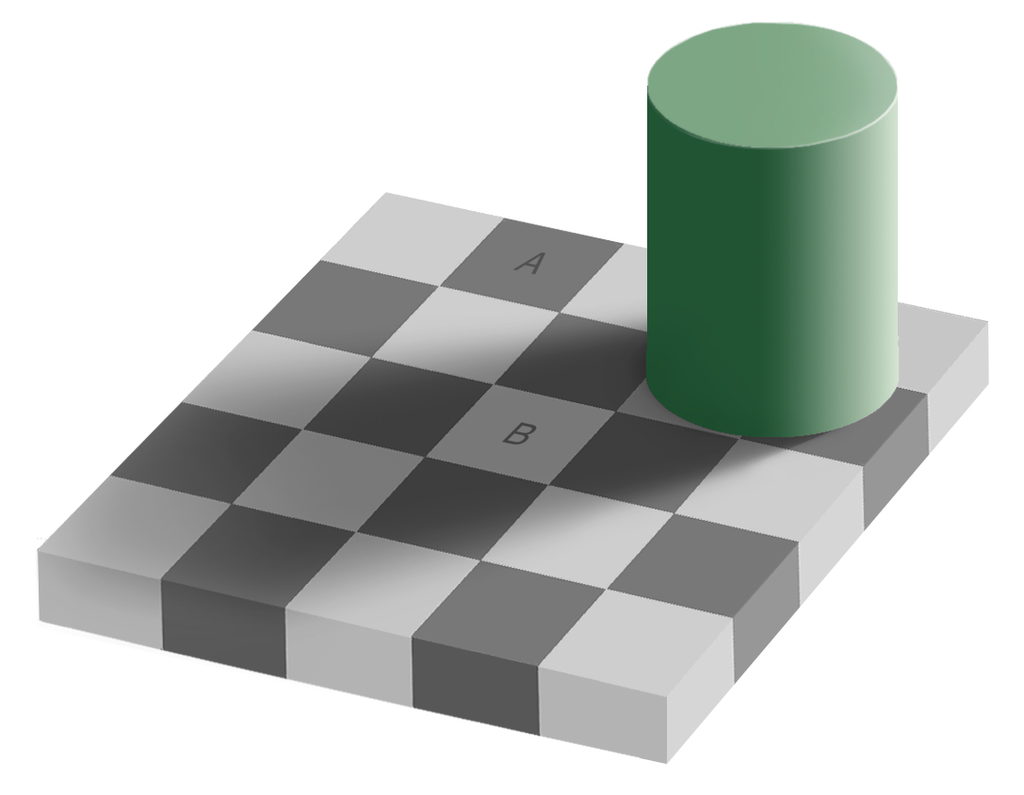Rick E Davis wrote:
Matthew,
Think about it. Ships travel in salt water. They get salt residue on the hulls and at times on the superstructure, all the time. While at sea the crews, particularly during wartime, don't attempt to remove the salt. It would be a losing battle.
I don't think during the war that they would take the time to clean off the salt residue even while in port, unless they were going to touch-up and/or paint the hull. The hulls got a lot of beating by the ocean and touching up was going on all the time. You can look at photos of ships in Ms 21 ... all 5N on vertical surfaces ... and see patches of different shades from really faded to fresh dark with light areas where only primer was applied.
That is kind of what I thought, but I wanted to verify it with someone who knew a bit better than just a "poorly informed guess" (which would be all my assumption on the issue was/would be).
So, then, given this, the artifacts I am seeing in the paint are something else, and might indicate something other than a solid paint job.
It could still be simply salt build-up, but the effect looks far too "Structured" to be random salt build-up.
I might have to get the full-sized image to know for certain, given the differences in shade are so minimal. But.... That might be another indicator that this
IS a case of the ship having some sort of pattern on it (It looks like some sort of Ms. 12Mod... Or, some sort of Ms. 6/7/8 - where the ship was painted to look like another ship, or the bow/stern were painted a darker color to make the ship look smaller).
Also, even if the ship is a single color, it turns out to be a quite dark color, and not a lighter color.
The similarity of the color of the hull to the sea is VASTLY closer than is the color of the hull to the wake of the ship (which is nearly white, but not quite white).
The ship is only a few RGB values off from the shade of the sea (Yes, B/W shades/tints still have RGB values), and the Shade value is nearly identical as well. Some spots on the ship are in act darker than the surrounding ocean.
We see them as being lighter for the same reason we see the following A & B squares as being different (with A appearing "darker" than B):

But, in reality, they are the same shade:

So... This ship,
IF it is a single color, is in Ms. 11/21.
MB
Edit: The illusion here is a variation of either the "Chubb Effect" or the "Mach effect" (which creates what are called "Mach Bands" next to contrasting colors adjacent to each other.
In these effects, the color of a background, or adjacent contrasting area appears lighter or darker (Usually lighter on the dark shade, and darker on the light shade - but it can also cause a lighter area to appear even lighter, and a darker area to appear even darker, depending upon the arrangement of the shading gradient) at the interface between the two shades.
So, when we see the ship, it appears to be lighter than it really is because of our brain's "desire" to see the sea as a "darker" shade. When in reality, the two are nearly identical, but the lighting (highlights) on the ship cause a Mach effect that outlines the ship to throw it into even higher contrast.
https://en.wikipedia.org/wiki/Chubb_illusionhttps://en.wikipedia.org/wiki/Mach_bandsThese are artifacts of our visual cortex. You can't "Not see them" (well, you can be
unaware of seeing them, as most people are. But if you study art, photography, and color theory (or Cognitive Science and/or Neuroscience), then you will get training in how to not just be consciously aware of these effects of our nervous system, but how to exploit them in other people who are unaware of them). So.... These things need to be taken into account when determining whether something is a light or dark shade. Our brain lies to us all the time.



